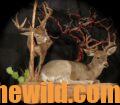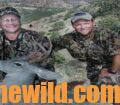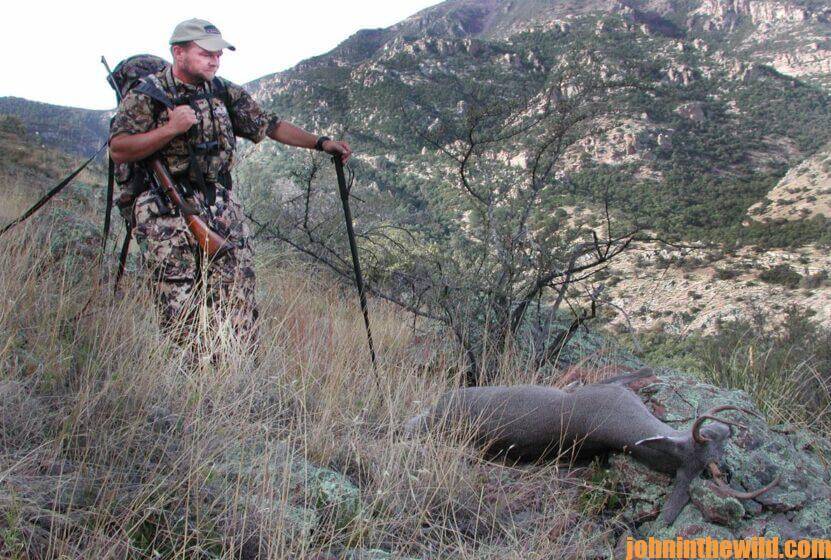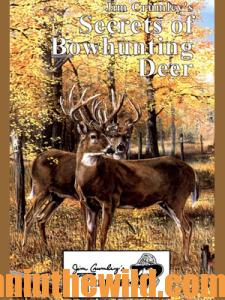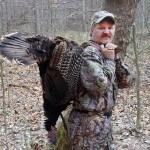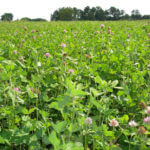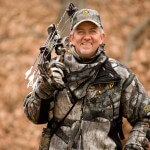Editor’s Note: Chris Denham of Chandler, Arizona, has lived in Arizona for 50+ years and started hunting when he was about 14. Denham, today the publisher of “Western Hunter Magazine” (https://westernhunter.net/), was previously an outfitter and took his first Coues deer when only 16-years old. A colonel in the U.S. Army and a naturalist, Dr. Elliott Coues, first identified a subspecies of the white-tailed deer, the Coues deer in 1865. The deer were named after him. Coues deer frequent southwestern mountain ranges that have scrub oak, manzanita, juniper, pinon pine and grassy bowls – often composed of mesquite and cacti – at elevations of 3,500 to 9,000 feet above sea level. They can survive without standing water for some time, depending on the moisture they retain from the vegetation they ingest. The top 5 Coues deer include: the Apache Buck with a B&C score of 196-2/8 points found in Graham County, AZ; the Chase Buck, 186-1/8 inches on B&C, taken in 1941 in Hidalgo County, NM; the Zellner Buck, 177-1/8 inches B&C, taken in Sonora, Mexico in 2009; a pick-up buck with 158-4/8 inches found in Santa Cruz County, AZ in 2009; a pick-up buck with antlers of 155-7/8 inches found in Sonora, Mexico in 2018. I hunted with Denham some years ago. Here’s what I learned.
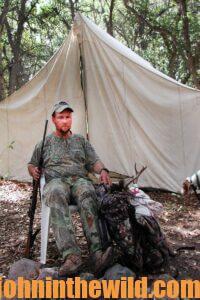
John E. Phillips: Let’s talk about the other method of hunting Coues deer where you jump them up. How does that work?
Chris Denham: We call this the Jack O’Connor method. Jack, an internationally-known outdoor writer, made this type of hunt famous in the 1920s and 1930s when hunting Coues deer was basically a still hunt. A hunter would move along ridgelines from canyons to canyons and literally jump the deer up. Fortunately, Coues deer have a tendency to run straight-up a mountain. If you’re on one ridgeline, the Coues deer will tend to run right up the other ridgeline. You can get a shot at them, but you won’t have the time to really evaluate the deer’s antlers to know if it’s the kind of deer you want shoot. Often Coues deer won’t stop until they get over that mountain too. With this method of hunting Coues deer, you won’t get the shot, or you’ll have to take a running shot and risk wounding the deer. Too, when a deer is going away from you, is the worst look you’ll get at his antlers to evaluate that buck for trophy potential is then. Every animal looks big when he’s going away from you.
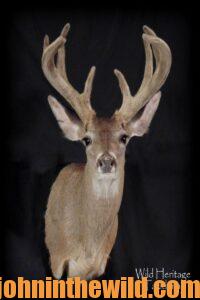
Phillips: Will the Coues deer stop and look back at you like a mule deer will?
Denham: Yes, and no. If the deer aren’t really spooked, if they’ve just heard something that has them a little bit buggered, then typically they’ll run about half-way up the hill, stomp, blow, look back and try to figure out what that sound was. If the deer get a whiff of you or a really-good look at you, then they will run right over the top.
Phillips: The other problem starts when you shoot the Coues deer. Because you’re anywhere from 2 to 3 miles from camp and on foot with a pack, how do you get the animal out?
Denham: This time is when a quality pack comes in handy. I literally skin the entire deer, cut all the quarters off, cut the legs off and cut the backstraps and loins off. I carry a game bag and tie the entire meat portion of the deer right to my back and restrap the pack over it. Your pack will weigh 80 to 90 pounds. So, you have to be really careful climbing down those steep hills with a pack that heavy.
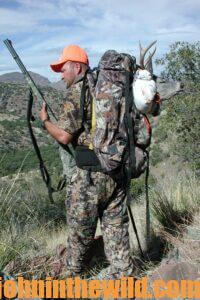
Phillips: What about the head of the Coues; what happens with it?
Denham: Often I’ll go ahead and just cape the deer out right to the last joint of the neck called the atlas joint and take the head off at that point. Then I’ll wrap it, tie it into my pack and carry it off the mountain.
Phillips: So, you carry the whole deer off the mountain?
Denham: The whole deer. Right.
Phillips: How can you carry 90 pounds plus the 40 that you usually carry in, which puts you at about 130 pounds?
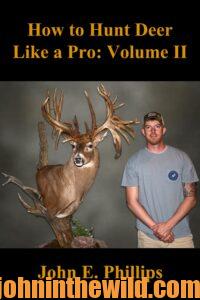
Denham: Actually, by the time you leave behind the deer’s legs, pelvic bones and rib cage, you’ll end up with about 60 pounds of meat and head. Then if you have anywhere from 30 to 40 pounds in your pack plus your water, you’ll be pushing 80 to 100 pounds. Try not to fall, because getting up will be hard.
 To learn more about hunting deer, * watch for John E. Phillips’ newest deer book, “How to Hunt Deer Like a Pro: Volume II,” due out in print by October 1, 2022, and in Audible by November 1, 2022. (See photo) * check out John’s book, “Bowhunting Deer: The Secrets of the PSE Pros,” and its Chapters 12 & 13 on Coues deer, available in Kindle and print at (http://amzn.to/VBr1qW), and soon to be available in mid-October in Audible. * see also, John’s book, “Jim Crumley’s Secrets of Bowhunting Deer” available in Kindle, print and Audible at http://amzn.to/XYTCEY. You may have to copy and paste these links into your browser.
To learn more about hunting deer, * watch for John E. Phillips’ newest deer book, “How to Hunt Deer Like a Pro: Volume II,” due out in print by October 1, 2022, and in Audible by November 1, 2022. (See photo) * check out John’s book, “Bowhunting Deer: The Secrets of the PSE Pros,” and its Chapters 12 & 13 on Coues deer, available in Kindle and print at (http://amzn.to/VBr1qW), and soon to be available in mid-October in Audible. * see also, John’s book, “Jim Crumley’s Secrets of Bowhunting Deer” available in Kindle, print and Audible at http://amzn.to/XYTCEY. You may have to copy and paste these links into your browser.
When you click on the book, notice on the left where Amazon says you can read and hear 10% of these books for free. On the right side of the page for each book and below the offer for a free Audible trial, you can click on Buy the Audible book.
Tomorrow: Hear about a Tough Coues Hunt

